National Treasure Avalokitesvara
In the space to introduce music and culture of Lam Dong province's ethnic groups from September 6-10, the Department of Culture, Sports and Tourism of the province announced and exhibited the unique Avalokitesvara Bac Binh statue, recognized by the Prime Minister as a national treasure (phase 13).
According to the summary assessment of the old Binh Thuan Museum, the Avalokitesvara statue of Bac Binh dates back to the late 8th - early 9th century. This is a unique artifact with special cultural value, contributing to clarifying the early stage of Champa art, affirming the cultural and religious values of the South Central region in general and the old Binh Thuan in particular.
According to experts from Binh Thuan Museum, the statue is made from fine-grained dark gray sandstone, 61 cm high, depicting Avalokitesvara in a standing position, with four arms, wearing a kiri-mukuta hat carved with the image of Amitabha Buddha, and wearing soft clothes. The statue has a balanced composition, delicate lines, exuding both majesty and liveliness. The artistic style shows a unique fusion: both bearing the mark of Dong Duong and close to the art of Phu Nam and the lower Mekong River region.
The greatest significance of the statue lies not only in its aesthetic value, but also in its religious significance. Avalokitesvara - a Buddhist symbol from India, was adopted by Champa, existing alongside Hinduism, reflecting the harmony and religious assimilation in the spiritual life of the Cham people.
Since then, the Avalokitesvara statue in Bac Binh has become a vivid testament to the spread of Indian culture, while affirming the unique creative identity of Champa.
The Avalokitesvara statue of Bac Binh was recognized by the Prime Minister as a national treasure. PHOTO: BINH THUAN MUSEUM
Mentioning the Avalokitesvara statue in Bac Binh is also mentioning the ancient Cham cultural space in the land of Binh Thuan, old Ninh Thuan - now part of Lam Dong and Khanh Hoa.
This is a land with a strong presence of Cham culture for many generations. Currently, Binh Thuan (old) has more than 41,000 Cham people living, and the old Ninh Thuan province has about 19,200 Cham people. They still preserve the system of temple relics, festivals, customs and treasures of language, musical instruments and unique cuisine that their ancestors have left for thousands of years.
Reflecting a multi-layered belief system!
According to Dr. Phan Van Bong, a historian (Da Lat University), from a religious and belief perspective, the Avalokitesvara statue is the incarnation of Bodhisattva Avalokitesvara, symbolizing compassion in Mahayana Buddhism. During the Dong Duong (Indrapura) period, Buddhism flourished with the Dong Duong Buddhist Institute, one of the largest Buddhist sanctuaries in Southeast Asia during the Middle Ages. The Avalokitesvara statue in Bac Binh is a clear demonstration of this development, and at the same time reflects a multi-layered belief system where Buddhism, Brahmanism and indigenous beliefs coexist, interact and integrate.
The statue of Avalokitesvara was discovered in Bac Binh district, former Binh Thuan province. PHOTO: BINH THUAN MUSEUM
Also according to Dr. Bong, it is noteworthy that in the historical process, the image of Avalokitesvara is close to the Vietnamese Quan Am Thousand-Armed Thousand-Eyed Bodhisattva, a form of Bodhisattva Chuẩn Đề who is considered a Buddha mother with many hands holding magical weapons to save sentient beings. This shows the flexible exchange and transformation of Cham - Vietnamese religious images.
"Over the centuries, Cham culture and Vietnamese culture have blended and harmonized in this land. Vietnamese people live next to the Cham community, accepting each other's customs, beliefs and daily activities," Dr. Bong said.
This interweaving has created a colorful cultural appearance, both indigenous to Cham and reflecting the Vietnamese-Cham exchange, leaving a clear mark in architecture, music, festivals and folk beliefs.
Cham girls perform traditional fan dance at the Ka Te festival at the foot of Poshainư tower in Phan Thiet. PHOTO: QUE HA
According to Mr. Bong, the fact that Binh Thuan Museum has built a dossier to submit to the competent authority to recognize the Avalokitesvara statue of Bac Binh as a national treasure not only affirms the value of a rare Champa heritage, but also reminds the Cham community living in Binh Thuan, Ninh Thuan (old) and some provinces in the South Central region of the country.
Heritage preservation is not only about preserving artifacts in museums, but also about preserving contemporary Cham cultural life, where the Kate and Ramuwan festivals, fan dance art, saranai trumpet sounds, ghi-nang drum sounds, and even language and customs are still being maintained and developed by the community.
It is this connection that makes Champa heritage come alive, not only in history books but also in daily life today, contributing to preserving and conserving a unified culture in diversity.
The Avalokitesvara statue of Bac Binh was recognized as a national treasure by the Prime Minister (13th batch) in Decision No. 1712/QD-TTg dated December 31, 2024. This statue was accidentally discovered by local people before 1945 in Thanh Kiet village, Phan Thanh commune, Bac Binh district, old Binh Thuan province (now Thanh Kiet village, Hong Thai commune, Lam Dong province) along with 4 other stone statues, which are now lost. In 1996, the Avalokitesvara statue was buried in the garden by local people. In 2001, Mr. Ngo Hieu Hoc in Hong Chinh village, Hoa Thang commune, Bac Binh district, old Binh Thuan (now Hong Chinh village, Hong Thai commune, Lam Dong province), while digging the foundation to build a gate pillar, discovered this statue and handed it over to the Binh Thuan Provincial Museum.
Source: https://thanhnien.vn/bao-vat-quoc-gia-avalokitesvara-di-san-champa-giua-khong-gian-van-hoa-viet-185250907115321769.htm


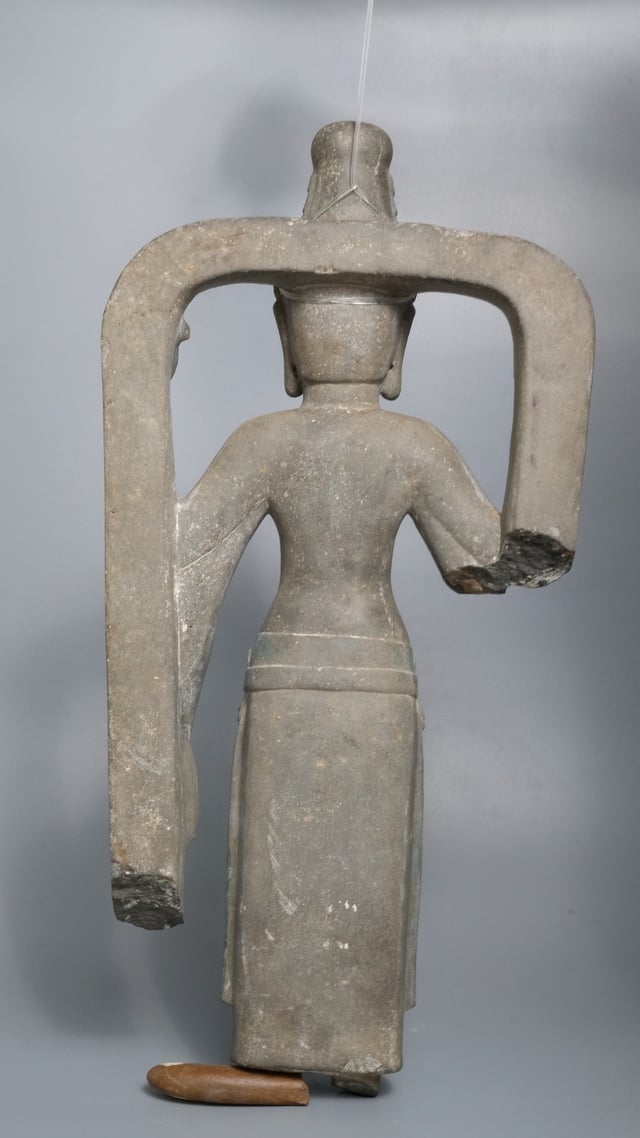
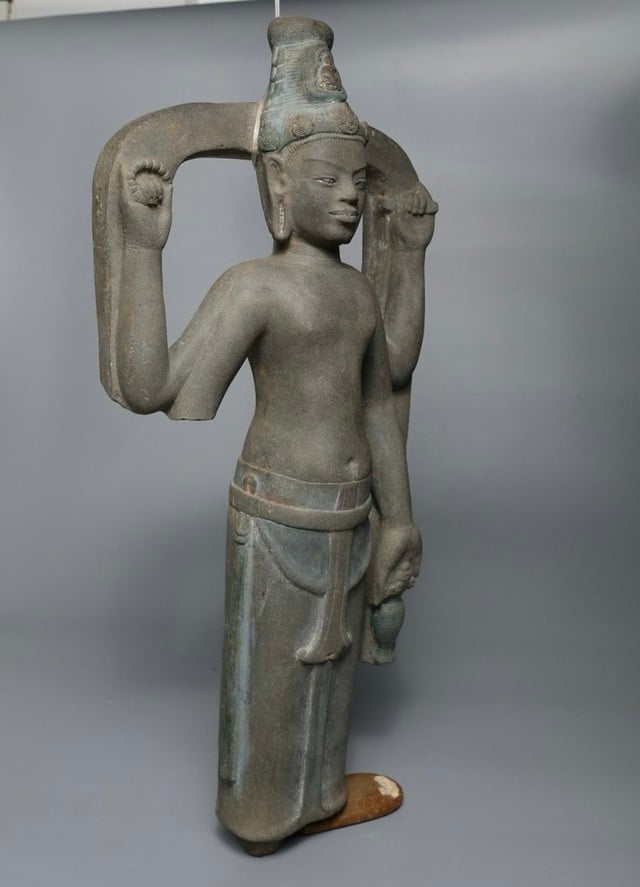
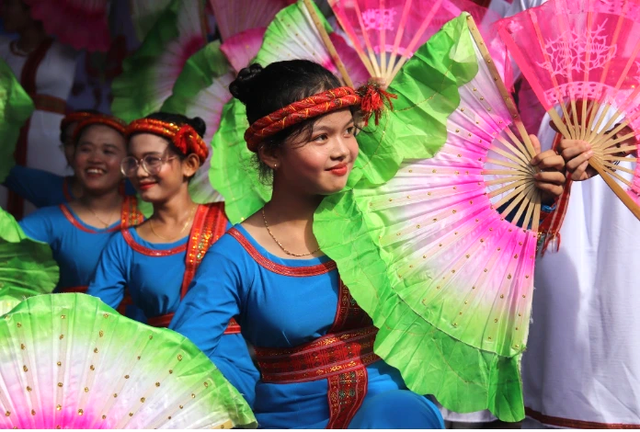
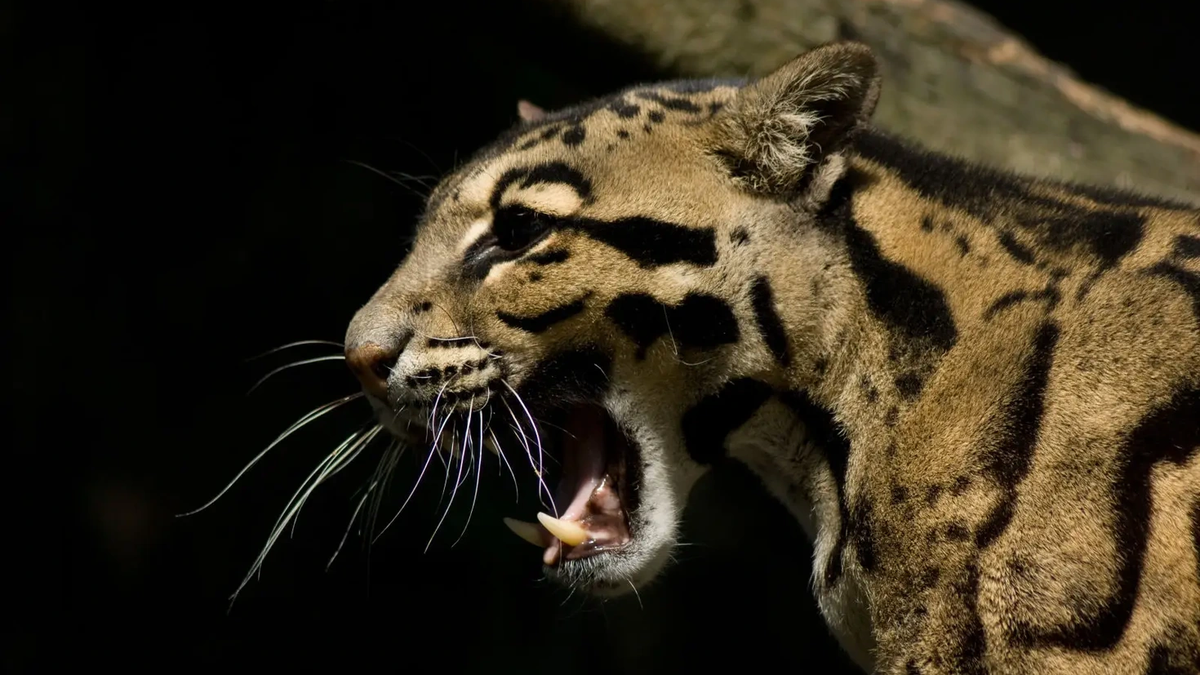

![[Photo] President Luong Cuong and United Nations Secretary-General Antonio Guterres chaired the signing ceremony of the Hanoi Convention.](https://vphoto.vietnam.vn/thumb/1200x675/vietnam/resource/IMAGE/2025/10/25/1761370409249_ndo_br_1-1794-jpg.webp)
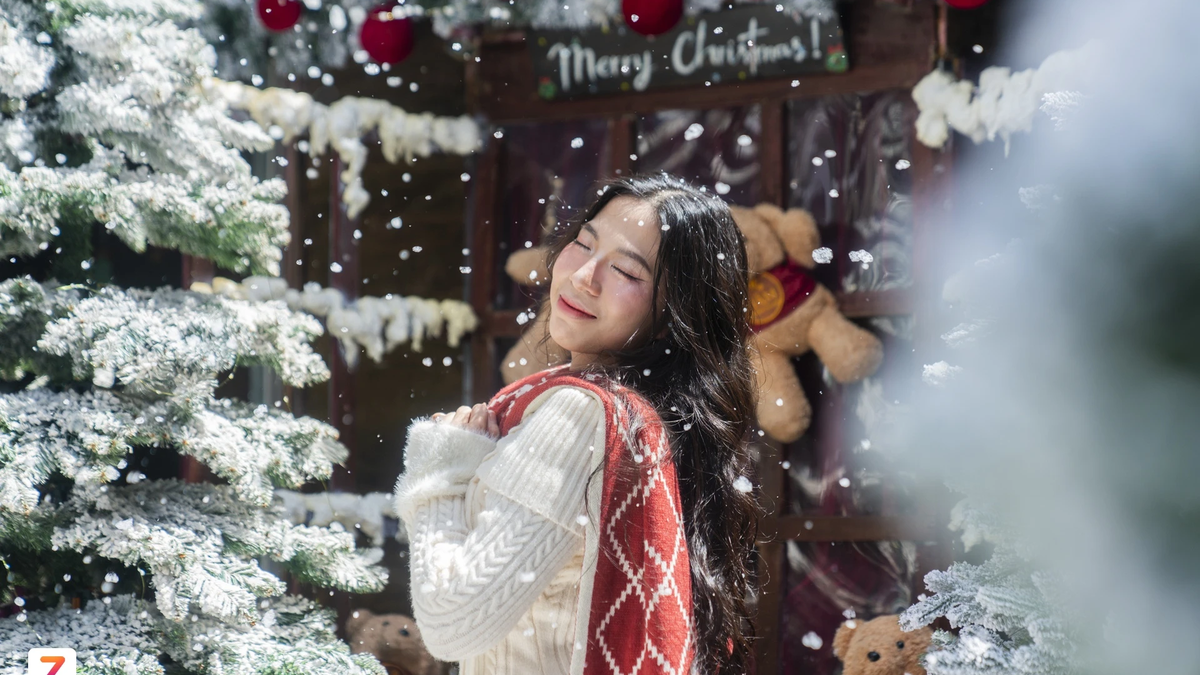
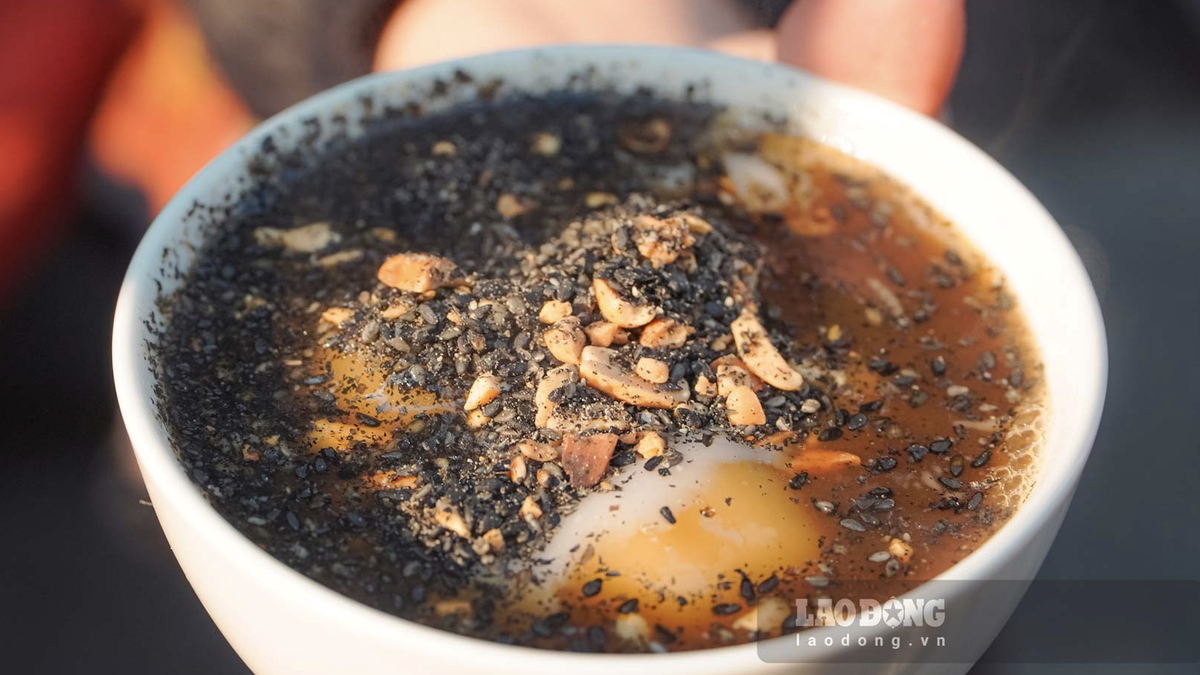
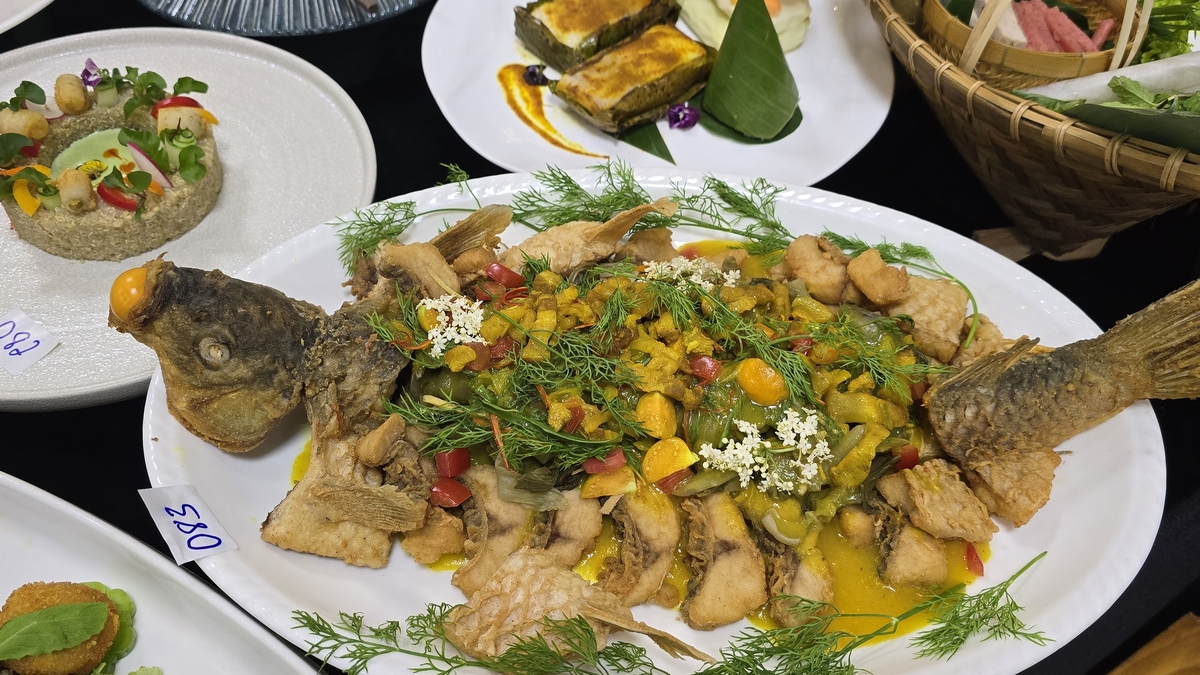
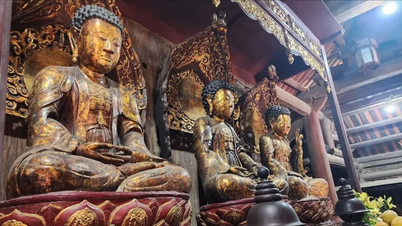

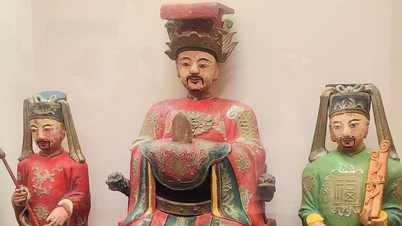

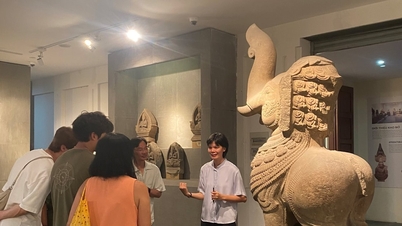

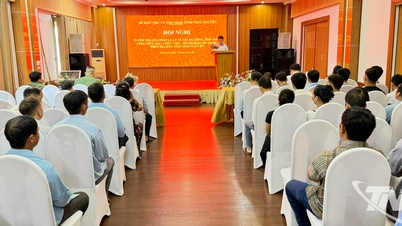



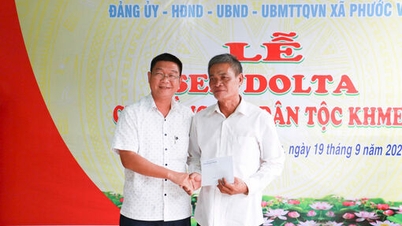








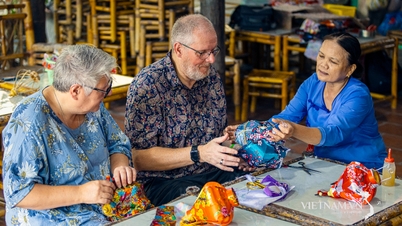

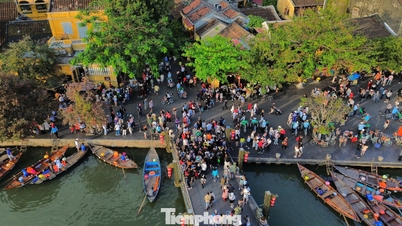





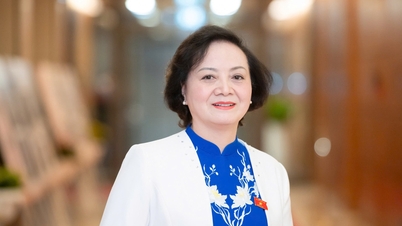
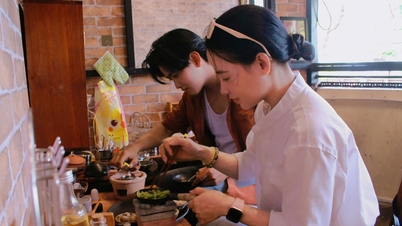

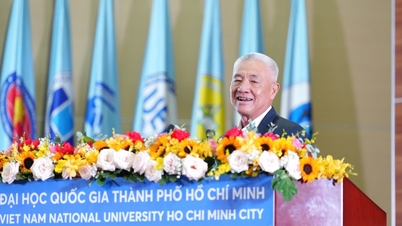

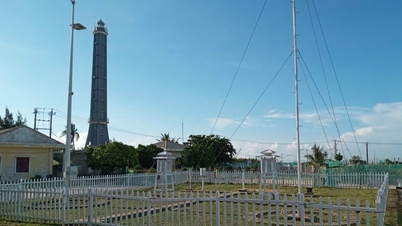
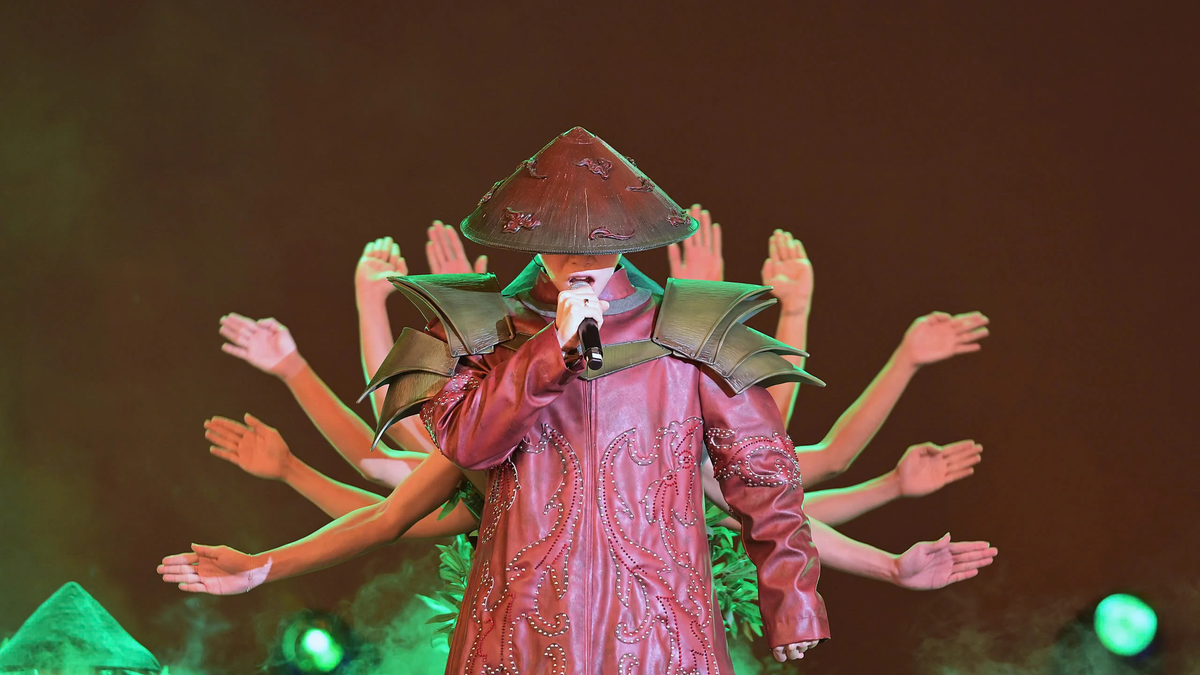
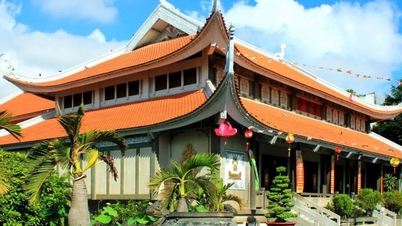
























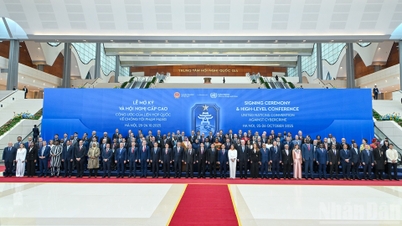





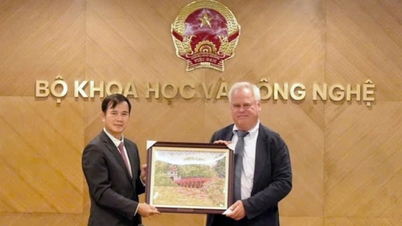

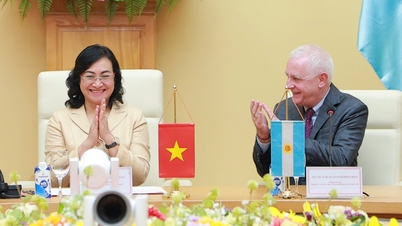


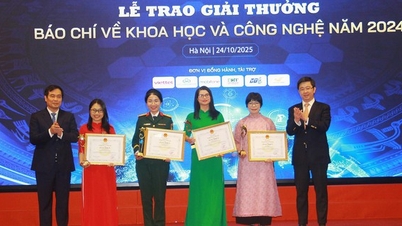

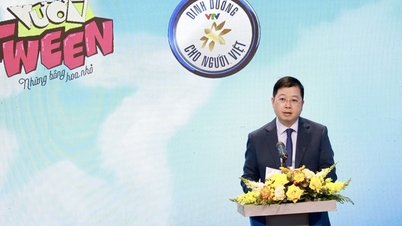
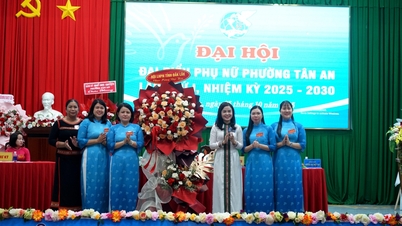

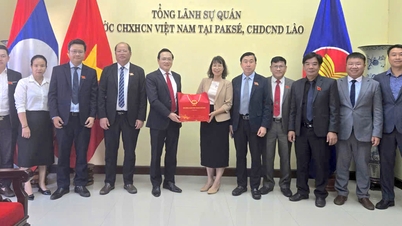

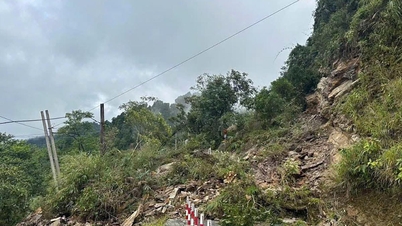


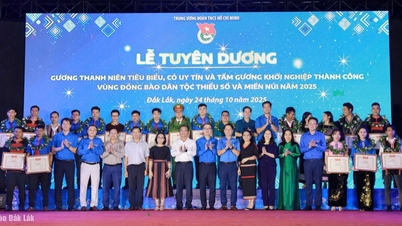
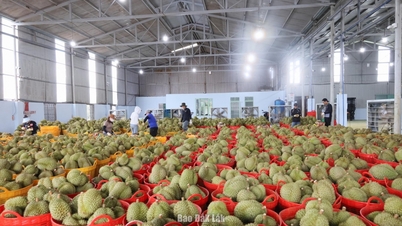













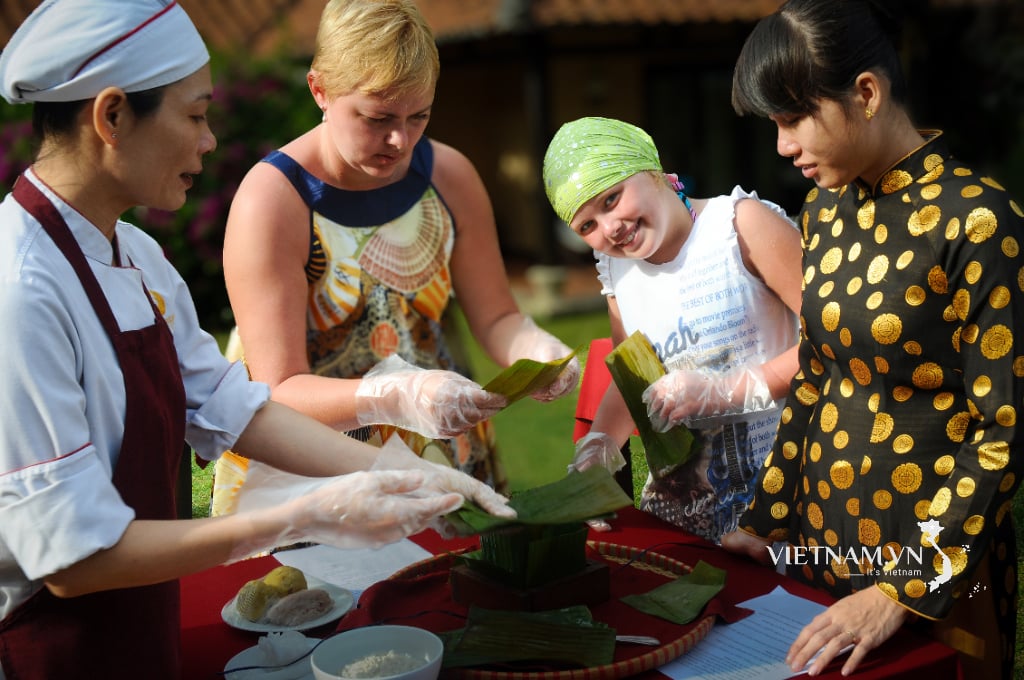

Comment (0)